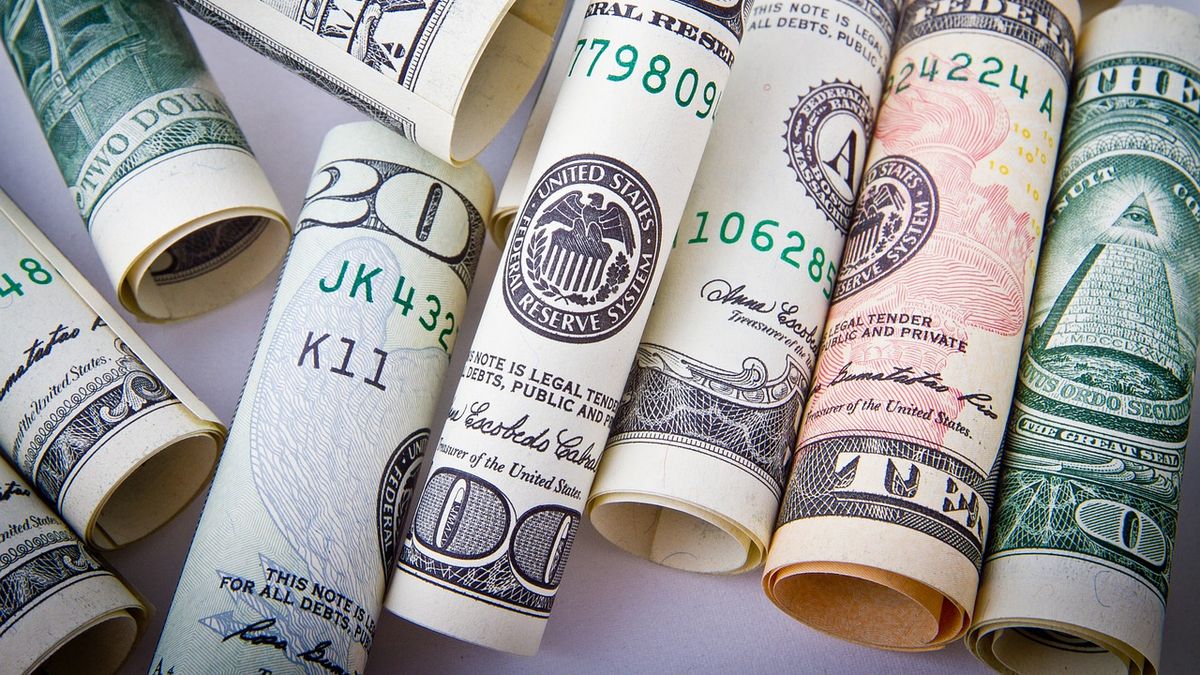Given this scenario, what are the reasons that led the US currency to fall 1.54 pesos in less than a month? Among the variables to be analyzed, internal issues appear, related to the levels of investment, the march of the inflation and the monetary politics, but also factors associated with the international context, such as the next decisions that the United States Federal Reserve (Fed).
Bevsa Chart 8 months.png
Investments, a key factor
By analyzing the reasons within Uruguay that brought the exchange rate to the current level, Rodrigo Sarachaga, economist specialized in finance and co-founder of Sherpa staff, he pointed out in dialogue with Ambit to “the factors that generate a persistence of positive flows of dollars to the country.”
In that sense, he specified that the Foreign direct investment (FDI) registered a maximum in 10 years during 2023 and stressed that “it ended UPM 2but projects continue to appear and, in particular, the expectation that large investments will continue”, in reference to the memorandum of understanding with HIF Global to build a plant green hydrogen in Paysandu, with an investment of 6,000 million dollars, which would be the largest in history.
In this regard, he recalled that “in July 2019, when the construction of UPM 2 was confirmed, with an investment of 2.7 billion dollars, it had an immediate impact on the price of the dollar, that one peso fell, and in the price of bonds in nominal pesos.”
“Both the effective income of dollars from foreign direct investment and the expectation generated by this type of announcements contribute to generating a excess supply of the US currency in the country. And when something is abundant, its price falls,” analyzed Saráchaga.
The direction of the economy and monetary policy
In turn, the financial advisor Diego Rodriguez, managing partner of Gastón Bengochea & Cia, He highlighted other values to this medium such as “the inflation controlled and within the target range, the fiscal deficit in relation to GDP below 4% (latest data of 3.7%) and good projections of growth of the economy by 2024.”
To this he added that “the prices of grain in the international market, the risk country and the Monetary Policy Rate is at 9%” and observed: “I see no reason for the dollar”.
While, Deborah Eilender, economist Center for Development Studies (CED), He focused on the TPM when speaking with Ambit and highlighted that “today it is in a neutral instance, after a cut of 200 points in 2023”, while warning that “it is not having an effect on the exchange rate”.
At the same time, he analyzed that “a low exchange rate is neither good nor bad per se: it can be counterproductive for the exporters, that at the end of the day they have income in dollars, but in many cases they have costs in pesos and there are certain discrepancies,” while he countered: “It is positive for the population, which earns income in pesos and, measured in dollars, has greater appreciation and its purchasing power in dollars it grows.”
United States Federal Reserve

The drop in inflation in the United States is good news in Uruguay.
Photo: AP
International factors
Likewise, Eilender highlighted what may happen in USA. “After the pandemic, the Fed began raising rates at the fastest level in history to contain inflation. Now that it is converging to the target, we can expect cuts,” she highlighted.
Along these lines, he recalled that “six cuts were expected initially and today we expect three,” which is why he indicated: “This means that we should see a dollar relatively stable.”
However, he warned: “We may have certain volatilities due to the electoral cycle in that country, but there should not be major movements throughout the year.”
Along the same lines, he spoke Sarachaga, who anticipated that “sooner or later, during 2024 the Fed will finally begin to reduce the interest rate, as was clear in the last FOMC.”
At the same time, he considered that he does not agree that it is a movement against the international panorama, pointing out that in the last month the dollar in Uruguay fell less than in Colombia or Peru.”
How can the dollar behave in the future?
When analyzing the future behavior of the US currency, the senior researcher of the Cinve, Adrián Fernández, considered in statements to this medium that the current level of exchange rate “I think that, as a trend, it reflects the market perception, fueled by several analysts (including myself), that the dollar will remain stable, or even fall further, in 2024.”
“The president of Central Bank (BCU), Diego Labat, “They have been very emphatic that they will maintain monetary policy, so we should not expect a drop in the MPR,” he considered.
Along similar lines, Rodriguez admitted that the current value “seems to be a floor” and warned that “the deflation what mattered Uruguay from Argentina during 2023 it will not be the same this year.” “If that is reversed and the BCU is encouraged to lower the MPR, we could see a (not significant) rebound in the dollar”, defined the Bengochea & Cia economist.
Finally, Eilender recognized that “from now on, the BCU has the power to intervene in the exchange market, within the framework of the dirty flotation regime. However, he clarified: “Until now, Labat has given signs that he will not do so, because the main objective is to bring the inflation to the target range.”
Source: Ambito




